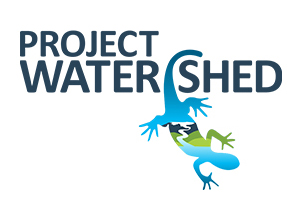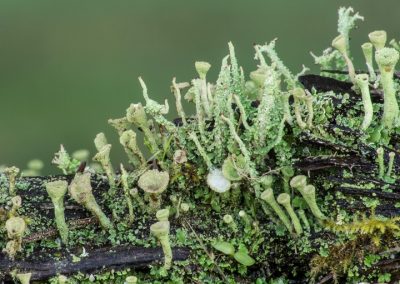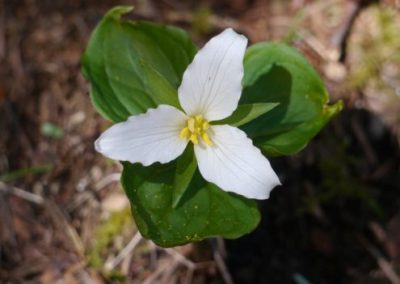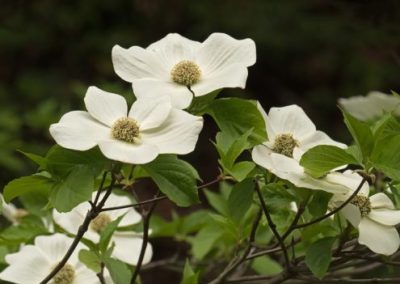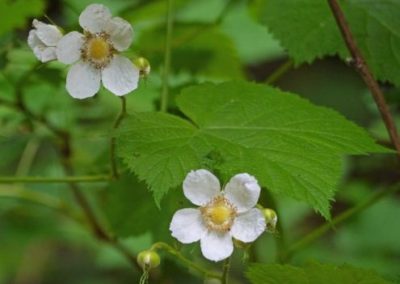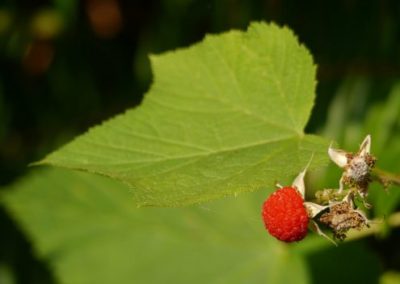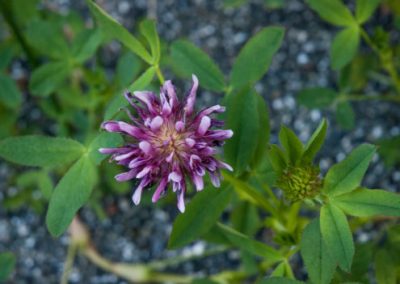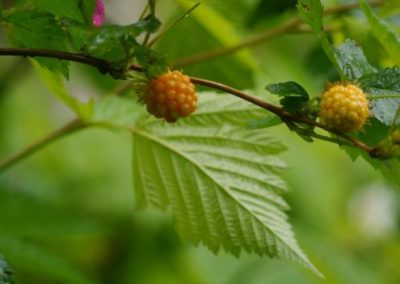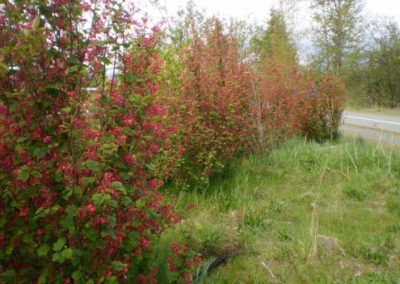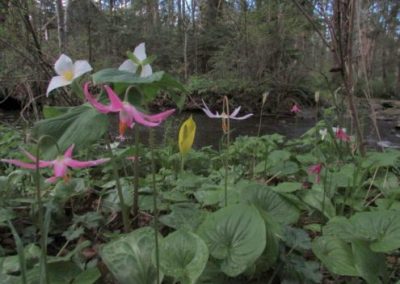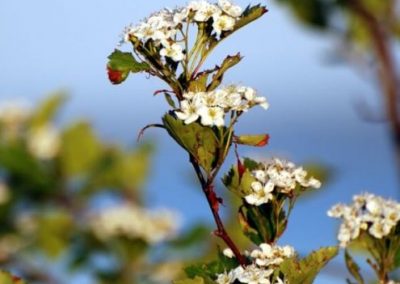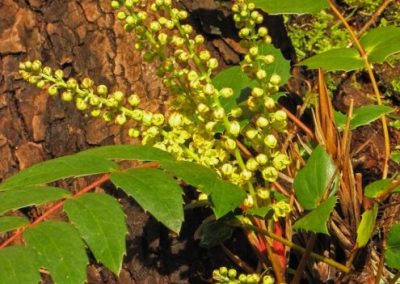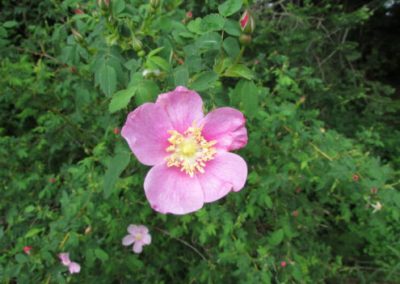Simms Park Native Plants
In addition, they provide food (organic matter such as leaf, needle and branch litter, and terrestrial invertebrates, which contribute to the stream food web), stabilize stream banks from erosion and prevent excessive silt and surface run-off pollution from entering the water. In terms of fish habitat one of the most important functions of riparian vegetation, is the contribution of large woody debris (LWD), to the stream. Mature trees provide LWD in the form of logs, sticks and branches or other wood that falls into the stream channel. This LWD influences the flow and shape of the stream channel, increases habitat complexity and provides cover for juvenile fish.
Human Resources
Related Posts
Eelgrass Update
In the fall our restoration team surveyed the three eelgrass beds which were planted with the help of our volunteers back in June. The beds are looking healthy!
Kus-kus-sum: End of Season Wrap-up
Now that we have put the Kus-kus-sum site to bed for the winter, we wanted to give you all a little update on how things progressed this season – lots happened!
Kate McKeown
Meet our new Forage Fish Technician!
Greenshores at Dyke Road Park – Reimagining a Park
On September 20 and 21, over 20 people were on site to help with planting at the Comox Valley Regional District’s (CVRD) Dyke Road Park redevelopment project.
Gartley Beach Green Shores for Homes Project
Project Watershed is teaming up with the CVRD and the Stewardship Centre for BC to do some shoreline restoration at Gartley Beach in Royston.
Fall and Winter Forage Fish Sampling
We’re gearing up for the fall/winter season of forage fish sampling!

